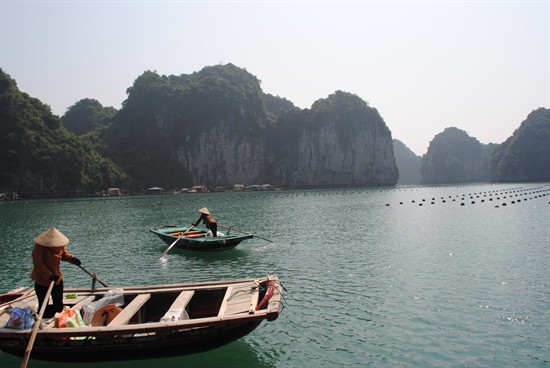The multiple benefits of sustainable fisheries in Vietnam

Photo credit: Rafa Prada
Initially an open-access resource, the clam fishery of Ben Tre province in Vietnam faced increased pressures towards the end of the 20th century. In 1995, the government began to create cooperatives to protect the natural resource and delineate fishing areas for management. However, fishers themselves were unrestricted, and further stock declines led to the establishment of area rights to restrict fishing in 2006. These further efforts proved successful, and the fishery was Marine Stewardship Council (MSC) certified in 2009. The certification brought significant benefits to the fishery, both social and economic. Eight months after full assessment, the price of the clams increased by 20-30 percent. “Before, I would collect clams and work from morning to late afternoon I would fill two baskets. Yet there was a limited market, and if I was unable to sell the clams I would have to return them to the sea” explains Vo Thi Binh, a local clam fisher from the Rang Dong cooperative. “Since the cooperative has been established, the harvest is planned according to contracts with the processing plants, so every day that I go to work I get paid and I don’t have to worry about selling the clams.” Wages have increased five-fold since 2007. Because of these economic benefits, 13 000 households are now supported by the fishery, compared to less than 9 000 in 2007. As a result, more people are now able to pay for their children’s school fees, and support them through vocational training, boosting their chances of a better future. This has been one of the lasting benefits of transitioning this fishery to sustainability.
Source: FAO, 2012.
Smallholder and Family Farmers Factsheet